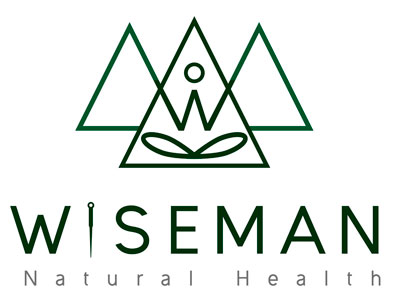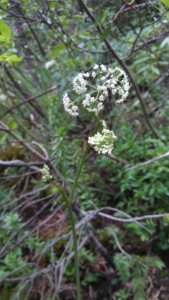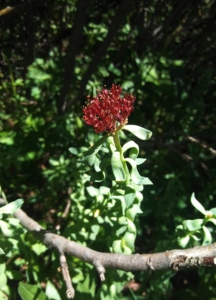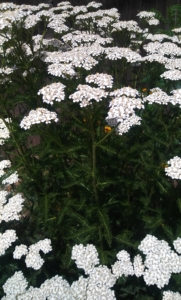Let’s face it. Sometimes even the most disciplined of us are going to overindulge. We convince ourselves it’s ok to eat one more bit of dessert, drink just one more drink, eat the whole bag of junk food we’ve been craving. But afterward, inevitably, we feel lousy. Especially during the holiday season, where for a couple months we are surrounded by Halloween candy, Thanksgiving turkey and Christmas desserts it’s no wonder most of us gain at least a few pounds. But, there are some things we can do to help avoid that after dinner heartburn. Here are 8 easy steps we can all take to avoid that bloated, sluggish feeling and revive us from our food coma.
- Portion Control I get it, we all know we shouldn’t overeat. But, once the food is on your plate, it’s only a short trip from the plate to your mouth, so it’s better to serve smaller portions to begin with. You can also use a smaller plate to the same effect. In the end moderation is key, because the more pressure at the bottom of your stomach, the longer food will have to stay in your stomach and there’s more chance for the food you just ate to try and go up, not down.
- Savor the Flavor Actually chew, swallow and taste your food, don’t vacuum it in and straight down. Digestion starts in the mouth with chewing the food into small pieces that are easier to digest. Enzymes in saliva begin to break down carbohydrates and your taste buds signal the rest of the digestive tract to get ready for the types of food it’s about to digest. Even before we put the food in our mouth the smell and the appearance of the food will trigger digestive enzymes in our body.
- Relax and Enjoy What we are thinking and feeling, and what state our body is in while eating, has a lot to do with how well we digest our food (or not!). If we are stressed, scared, or angry then our Flight or Fight(Sympathetic) System will be triggered. The sympathetic nervous system slows down digestion in order to move blood and resources to your muscles and the areas of your body will need to deal with the threat and stress. So, the more relaxed we are the more efficient our digestion is.
- 100 steps “If you take 100 steps after each meal, you’ll live to 99.” This common old Chinese saying (which sounds a lot better in Chinese because it rhymes) is actually quite true. There have been several studies (click here and here for those studies) showing moderate activity after eating improves blood sugar metabolism and assists in digestion. This doesn’t mean go for a run, because this will actually slow your digestion, but instead of slumping down in the chair and loosening our belt, it’s much better to go for a walk around the block or in the backyard.
- Eat Your Fiber – Only 5% of people in the US eat enough fiber. Fiber is the fibrous part of plants our bodies are unable to digest or absorb. This extra bulk helps move things through your digestive tract quicker, and is an important food for our gut bacteria. We can get more fiber in our diet simply by eating more whole fruits and vegetables. Avoid processed foods as most of the fiber in these has been removed.
- Warm It Up Spices such as garlic, coriander(cilantro), cardamom, basil, cumin and cinnamon are all considered warming in herbal medicine. They have been used throughout human history not just for their added flavor boost, but because of this warming quality on the digestion. This means spices increase circulation, activity and movement through the digestive tract. They help the body produce and release bile to digest fats, reduce cramping and bloating and in some cases directly fight off pathogens that may be in the food.
- Herbal Allies Perhaps one of the most well-known herbs for digestion is Ginger. Reducing nausea and bloating and stimulating movement through the digestive tract, ginger after a meal can greatly assist the whole digestive process. Shan Zha is a type of Hawthorne Berry very commonly consumed in China to help digestion. A berry that could be used for a similar purpose here in the US is the cranberry. Yep, that side dish of cranberry at Thanksgiving is more than just a pretty garnish! Digestive Bitters are another helpful remedy, especially when consuming meals high in fat. Bitters are a blend of many different herbs that target the liver, pancreas and other digestive organs in order to stimulate their digestive activity.
- Digestive Enzymes I’ll always recommend consuming whole foods and herbs over isolated chemical supplements, however, sometimes supplements can be a helpful “Band-Aid” solution. If we know we are going to eat something our body needs help with, or if we have a chronic digestive illness we can take these enzymes preventatively before the meal to give our body a little extra help. There are many digestive supplements on the market and many of them of good quality. Consult with your natural health practitioner about which might be most helpful for you. For a natural source of enzymes, two fruits, papaya and pineapple, contain papain and bromelain which are helpful in digesting protein.





